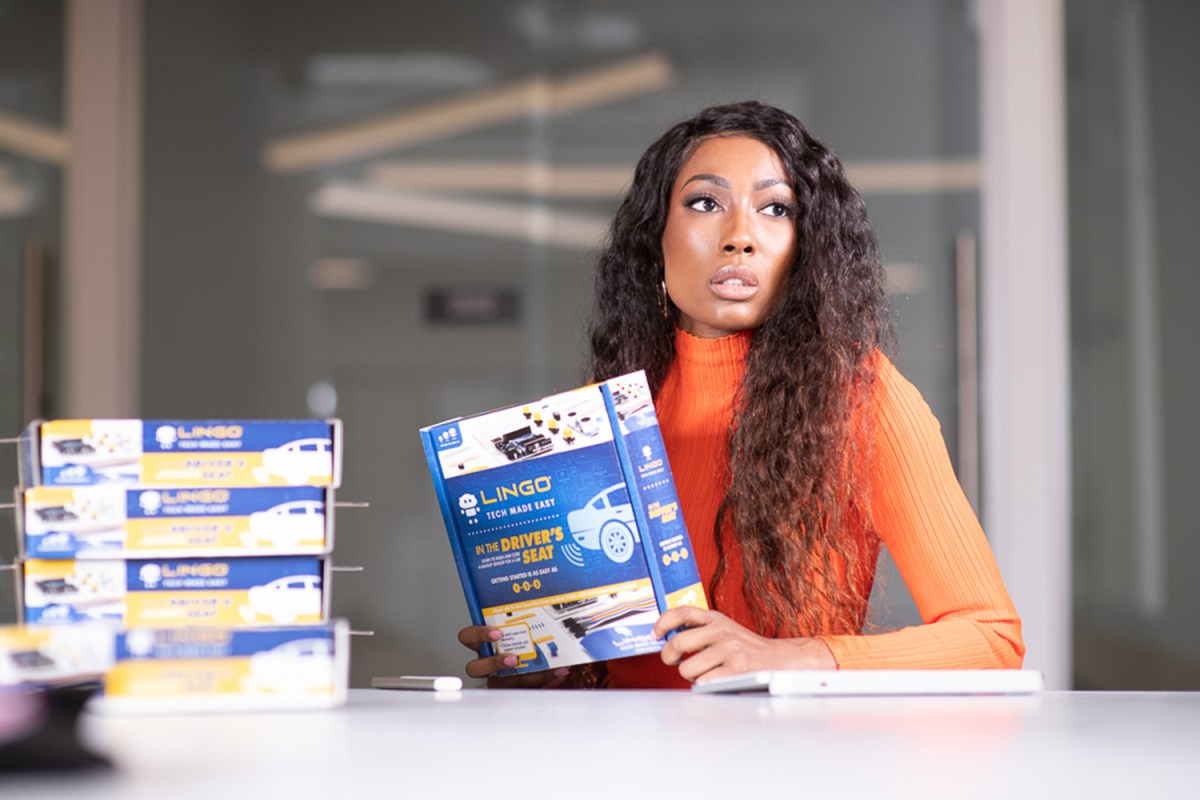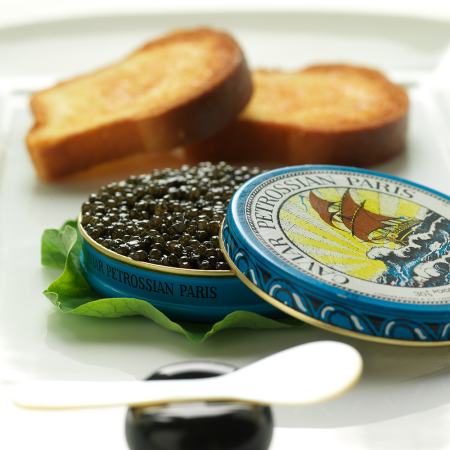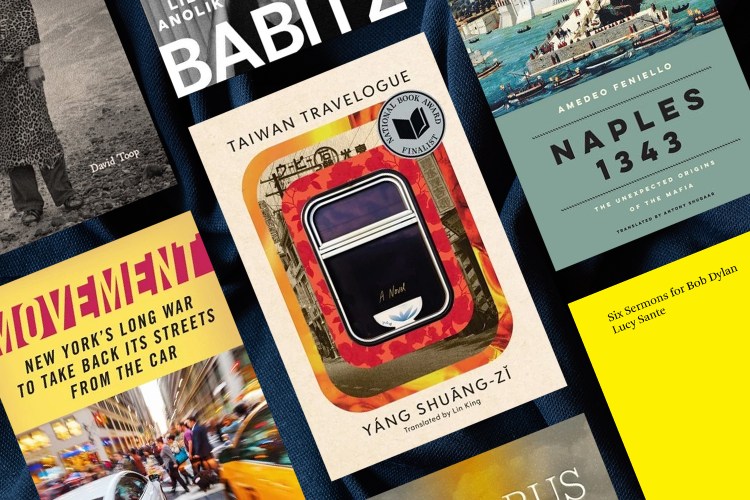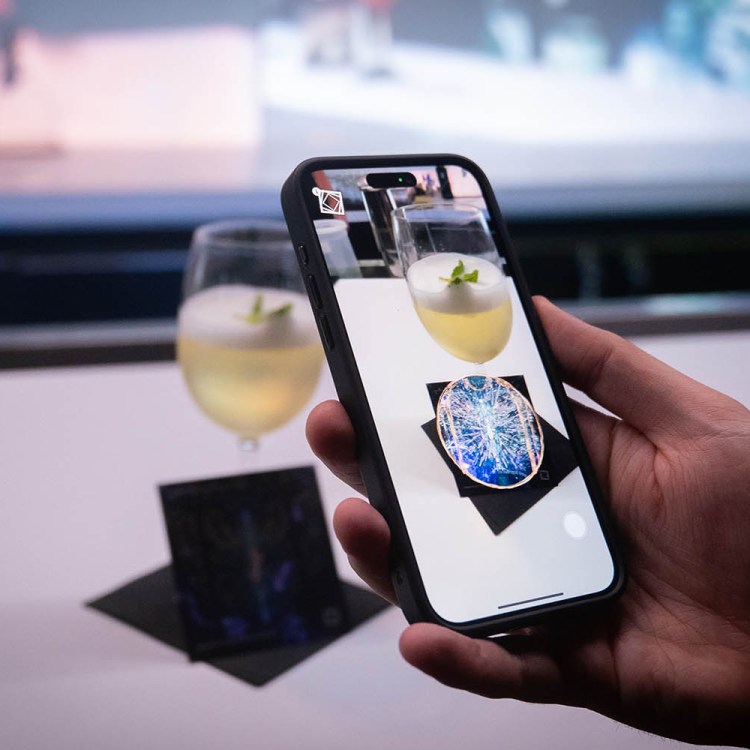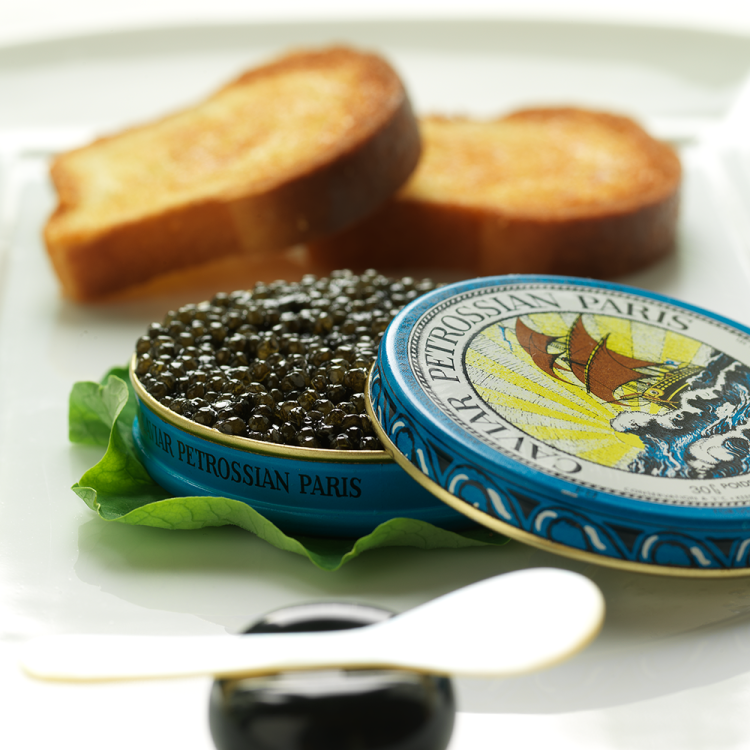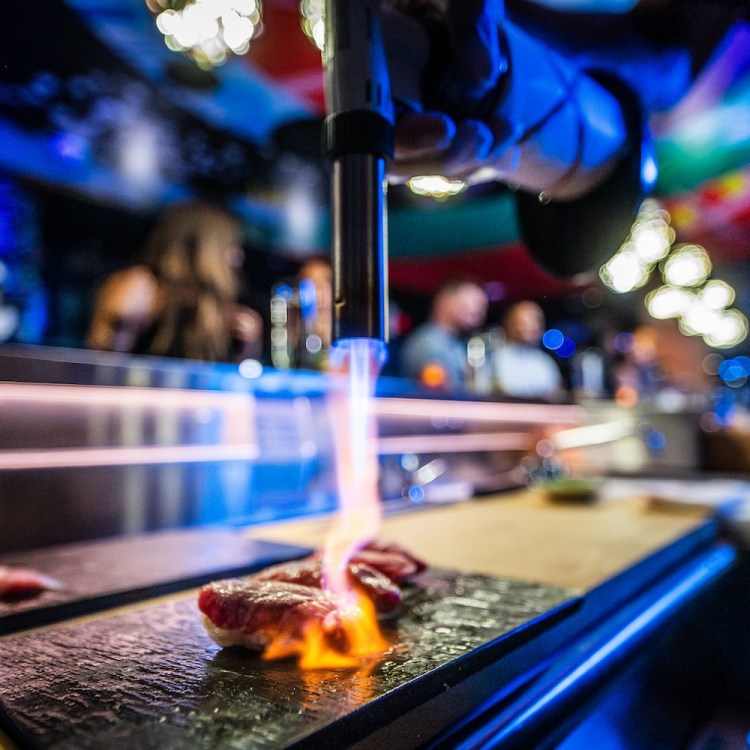“From a young age, I thought there was no way I could go to a four-year university or do anything ambitious — but I found out that all those things just weren’t true,” says Aisha Bowe, the DC-based aerospace engineer and the founder and CEO of STEMboard. “I went from being a high school student to a community college student to a graduate of [the University of] Michigan aerospace — which is one of the best programs in the nation — to work at NASA for six years.”
In addition to leading STEMboard, an engineering consulting firm, she’s working to make engineering accessible to all with LINGO, an educational company aimed at getting kids to embrace engineering. “LINGO was based on the idea that people think that engineering isn’t fun,” she says. “Guess what: It is.” Seriously: Watch this video sharing what’s inside the LINGO STEM “coding kit,” and you will absolutely want to get one for yourself.
She spoke to InsideHook about why LINGO’s a tool, not a toy, and making the case that engineers “aren’t just trolls that live under the bridge somewhere.”
InsideHook: Tell us how LINGO is helping kids embrace engineering.
Aisha Bowe: We wanted to teach it in a way that was accessible. We created a reaction-time lesson that allows [users] to measure their hand-eye coordination speed. What athlete doesn’t want to know that, right? We want to bring that in a fun way to everybody — not just the people who think they’re going to be engineers, but the people who don’t think they’re going to be engineers. People who didn’t think they’d be interested — like me!
Is it a toy?
We’re not a toy — we’re a tool. And because of that, we’re used in actual school programs. We’re used in homeschool, after school and during school, as part of the curriculum, which is phenomenal. We’re currently used for freshmen computer science, and university programs. We have high school students and middle school students and then we have people who are already in the field. That’s the beauty of computer science — it’s in so many places. But often it’s either not taught, or they don’t teach it until later on in your academic career.
What would you say to parents who might be interested in trying to get their kids into STEM?
One of my favorite emails was from this girl who had taken the project home — she’s like, “My favorite part of the LINGO kit is when my dad made it his project, too.” It’s fun because if you’re in technology and your kid brings it home, it gives you a touchpoint. It is a great bonding activity. You can help them, they can learn from you — it works. If you’re not in technology, you and your kid can do it together, which makes it approachable.
What would you say to the late bloomers who might be rethinking their careers?
I never thought I was going to be a scientist. I didn’t decide to become an engineer until I was 18. I graduated high school at 17. By all accounts, I was a latecomer. Most people think that if you don’t get somebody by eighth grade, there’s no way that they’re going to be interested in engineering or science. I think we as a society have to take a step back and ask ourselves, what are we really telling people? Are we really giving people the best advice about their future selves? My answer is no.
Lastly, what would you like all men who think that they might know what a scientist is “supposed” to look like to know?
Being at NASA, I looked around and I said, I have a role to play here. My role is to challenge people internally — how they view young individuals, young engineers, and then also to go out and evangelize. I realized that I didn’t fit what people thought that people like me were like. I [said], “We’re gonna have to change that.” Newsflash — engineers? We’re hot and sexy. We have fashion. We’re not just trolls that live under the bridge somewhere. There’s a whole legion of women who are ridiculously fabulous, super smart and running some of the best companies and organizations on Earth. That’s what we’re going to be about. That’s what we’re bringing into 2022 — that energy [and] also science vibes.
This article was featured in the InsideHook DC newsletter. Sign up now for more from the Beltway.
